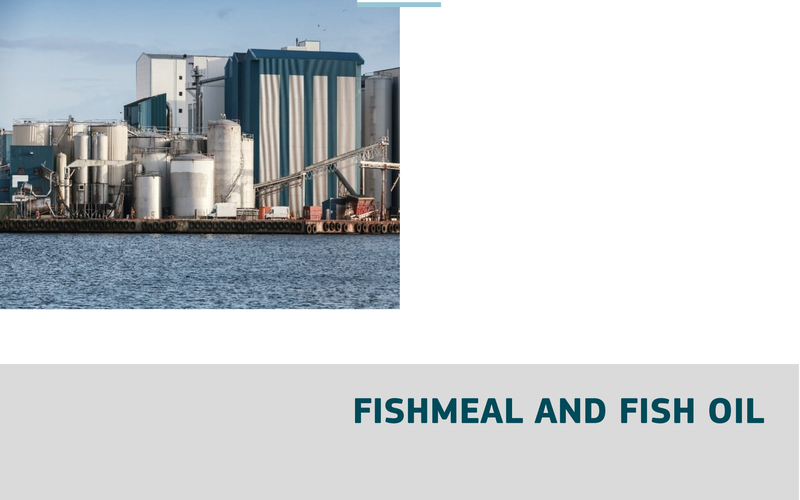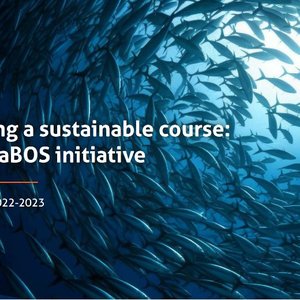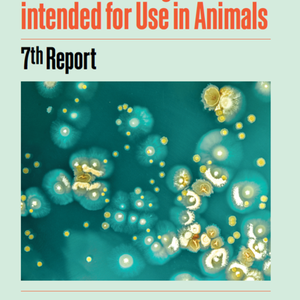The European Market Observatory for Fisheries and Aquaculture Products (EUMOFA) has released a new report to provide an overview of the fishmeal and fish oil sectors derived from forage fisheries in the European Union.
Each year, the EU produces from 370,000 tonnes to above 520,000 tonnes of fishmeal and from 120,000 tonnes to 190,000 tonnes of fish oil. This constitutes around 10-15% of the global production.
Denmark is by far the largest producer in the EU, accounting for 40-50% of the total production, which is mainly based on landings of small pelagic species such as sprat, sand-eels, blue whiting and herring.
The price level of European fishmeal and fish oil follows global prices to a large degree, which depend highly on the production in Peru. Over the past 12 years, European fish oil prices on average increased by 181% and fishmeal prices on average increased by 67%, according to the report.
EU consumption of fishmeal has decreased by around 40% from 2009 to 2022 to around 450,000 tonnes. With regards to imports, the EU remains a net importer of fishmeal even though there has been a decrease of imports from non-EU27 suppliers by 42% from 2012 to 2022. In the same period especially from Peru, imports have decreased by 79%. EU27 exports have encountered in the same period a decrease of 31%, which compensates for the decrease in imports from Peru.
EU27 import of fish oil decreased by 19% to 195,000 tonnes from 2021 to 2022 and exports decreased by 2% to 145,000 tonnes. In 2022, around 69% of the exports of fish oil from the EU27 were exported to Norway.
Download and read the report here.










